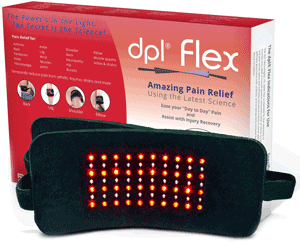We know it as Epsom salt, the pharmaceutical world knows it as magnesium sulfate. No matter how you refer to it, or what name you know it by, you probably know the tremendous benefits and advantages presented by this mineral. Epsom salt looks like large white pieces of salt, and because of its consistency, it has been commonly utilized as an exfoliant for tough skin on the feet and other parts of the body.
Athletes and other individuals who lead active lifestyles know Epsom salt to be the miracle mineral that can work to relieve muscle aches and pains. Simply mix the salts with a few cups of warm water (or however much you need to cover the area in question), and commence the delightful soak that will have your tired muscles feeling rejuvenated. A further use for this mineral compound is relief from Athlete’s foot, an itchy rash that develops when the feet become too moist for too long. Sweat is the top contributor to this issue, which is why many athletes turn to the salts as a quick treatment.
So How Can it Help Acne?
Other articles that you’ve read on this site have explained the two-factor scientific cause of acne: an overproduction of sebum, or that waxy oil that is produced naturally on your body, which clogs your pores if there is too much; and inflammation, which is the body’s response to the bacteria that is left behind by the sebum. Your body’s natural reaction to the bacteria is to inflame the skin, which in the end does not help your acne; rather, it makes it worse by causing those areas to swell, become red, and to sometimes twinge with pain.
Epsom salts work to target all of the above. For one, it is a known anti-inflammatory agent, so using it as a gentle exfoliant on the skin will reduce the level of inflammation on your face as a result of your acne. If you do engage in exfoliation of the skin, you will cleanse yourself of old, dead skin, where acne and other bacteria can thrive. Healthy, exfoliated skin will bounce back quicker in the face of acne and/or inflammation, as your skin cells will be newer and more ready to combat what comes their way.
The essential ingredients that work together to keep your skin refreshed include the magnesium, zinc, and Vitamin D, among other components.
Methods of Treatment
Of course, we are not suggesting that you simply rub Epsom salt over your face. That would be quite a clean-up. One method is to mix a handful of Epsom salt with some warm water. Using a cotton ball, apply the solution to the affected area, then rinse with cool water. This is especially effective for cystic acne.
In yet another method, you can combine honey, a gentle oil such as olive oil, and lemon with the Epsom salt to make an exfoliant paste. Gently massage the paste on the affected area, then wash away carefully with warm or cool water. Be sure to apply a gentle moisturizer after completing the process so that your skin does not dry out.


